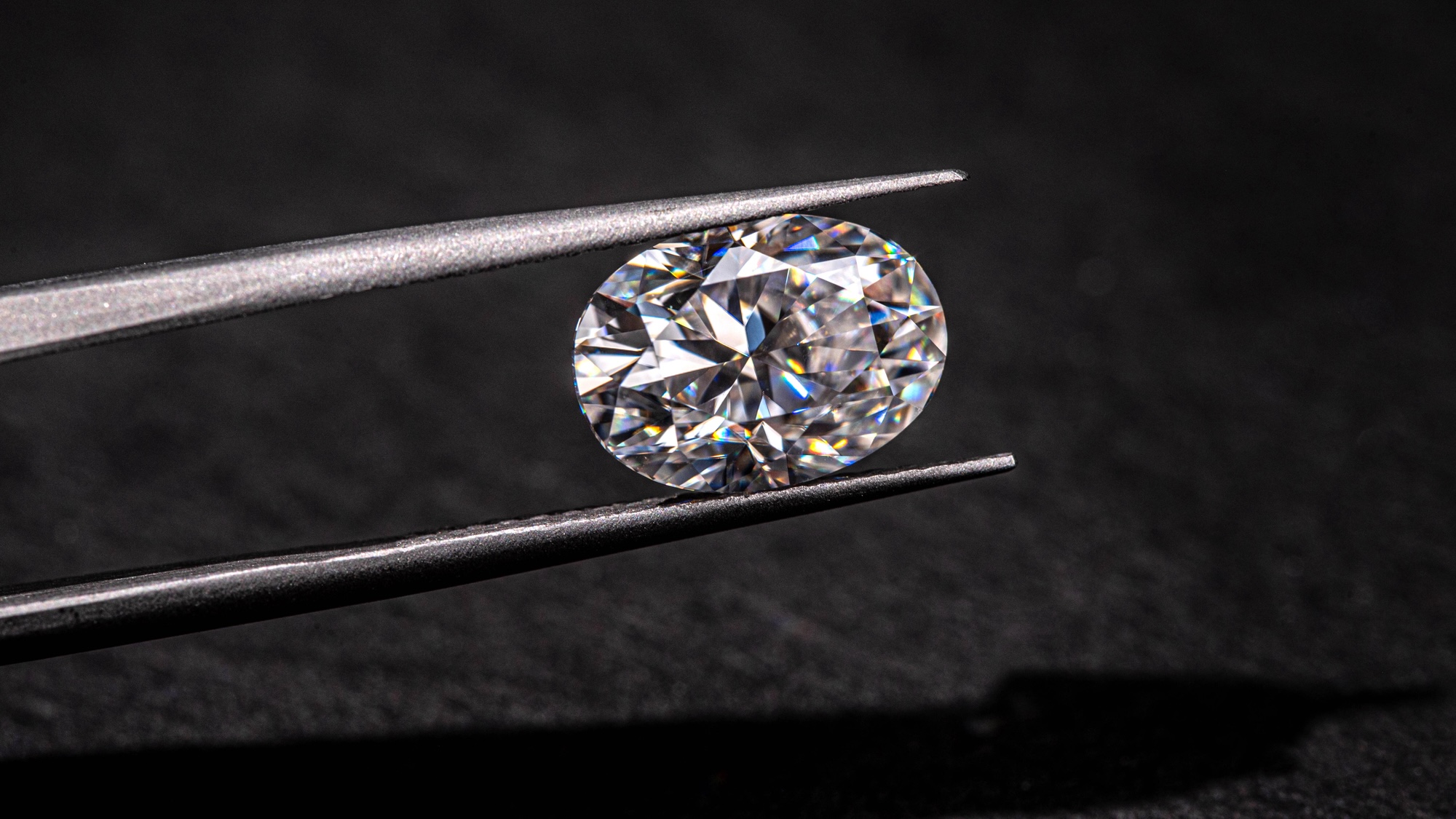Diamonds aren’t just a luxury item—as one of the hardest naturally occurring materials in existence, they are vital components in many industrial drills, medical devices, and even space-grade materials. But recent scientific advancements show it’s not just their durability that’s impressive, but their data storage capabilities. According to a study published on November 27th in the journal Nature Photonics, researchers at China’s University of Science and Technology in Hefei have achieved a record-breaking diamond storage density of 1.85 terabytes per cubic centimeter.
CDs, solid state drives, and Blu-ray discs are well suited to handle most general data storage needs, but that increasingly isn’t the case for projects requiring massive amounts of digitized information. The artificial intelligence industry as well as quantum and supercomputers often need petabytes, not gigabytes or even terabytes, of information storage. As New Scientist explained on Wednesday, a diamond optical disc can store the same amount of information as roughly 2,000, same-sized Blu-rays. What’s more, researchers need to ensure all that data remains safe, uncorrupted, and accessible for as long as possible.
“While contemporary data storage methods… address the current need for terabyte capacity, these solutions pose security risks such as susceptibility to degaussing, electric leakage and tampering, which will cause huge costs for long-term maintenance,” the study’s authors wrote.
The team added that another particularly daunting issue is the tech industry’s desire for exponentially increasing amounts of energy, a problem “imposing a massive barrier to the sustainability of big data.” Experts such as study co-author Ya Wang are increasingly turning to diamonds as a potential solution to the growing problem.
“Once the internal data storage structures are stabilised using our technology, diamond can achieve extraordinary longevity—data retention for millions of years at room temperature—without requiring any maintenance,” Wang explained to New Scientist.

To create the recordbreaking data storage device, Wang and his team employed diamond slivers measuring just a few millimeters wide. The researchers placed these shards in front of a laser that fired ultrafast pulses of light at the diamonds, which subsequently shifted some of the mineral’s carbon atoms. These atom-sized hollow spaces could then be arranged in precise configurations based on overall density to influence a microscopic area’s general brightness.
Wang and colleagues then stored test images including Henri Mattise’s painting, Cat with Red Fish, as well as Eadweard Muybridge’s historic photographic sequence displaying a man riding a horse. To do this, they matched each image pixel based on brightness to their correspondingly bright spaces on the diamond. Subsequent tests showed the new method almost perfectly retained data in the diamond.
“Owing to the excellent processability of the diamond storage medium, we have been able to achieve a 3D spatial data storage density that is close to the optical diffraction limit,” the authors explained in the study, adding that, “… Here, we store 55,596 bits of data in a diamond storage medium, achieving a total fidelity (storage and readout) of 99.48 percent.”
Although the new system is still comparatively expensive and requires complex lasers, imaging cameras, and other equipment, the team believes future advancements and miniaturization techniques could fit an entire diamond data-writing system inside a microwave oven-sized device. While not a go-to method for everyday consumers, the large data capacities and multimillion-year shelf lives may be particularly useful for governments, research facilities, and large libraries.


